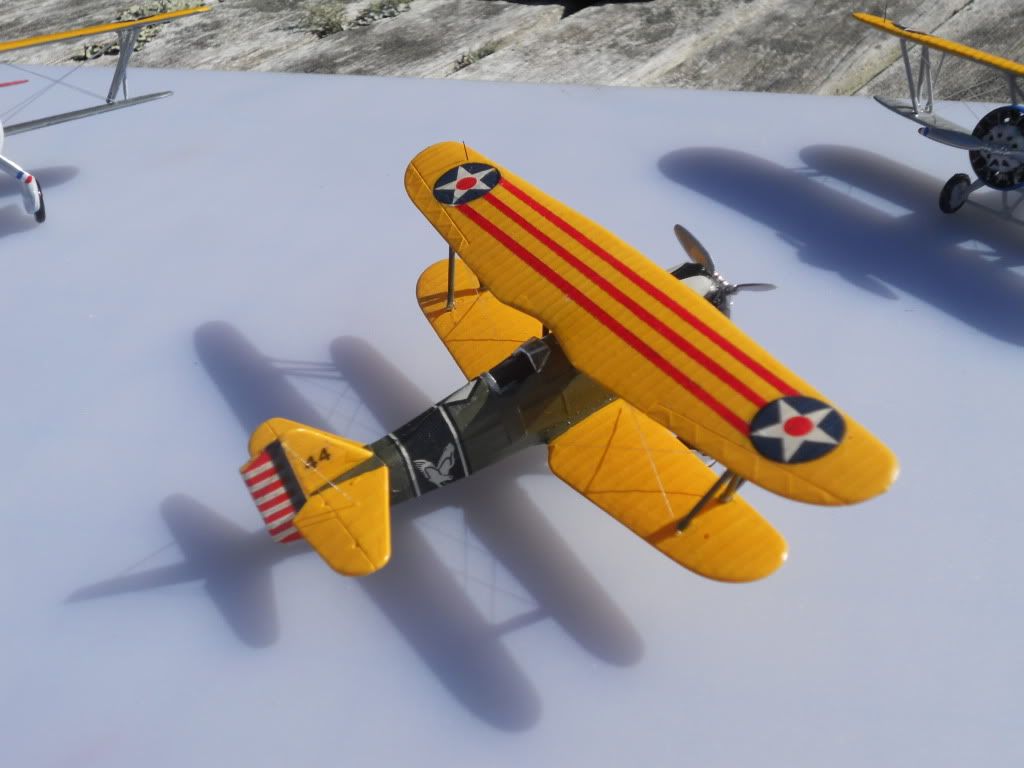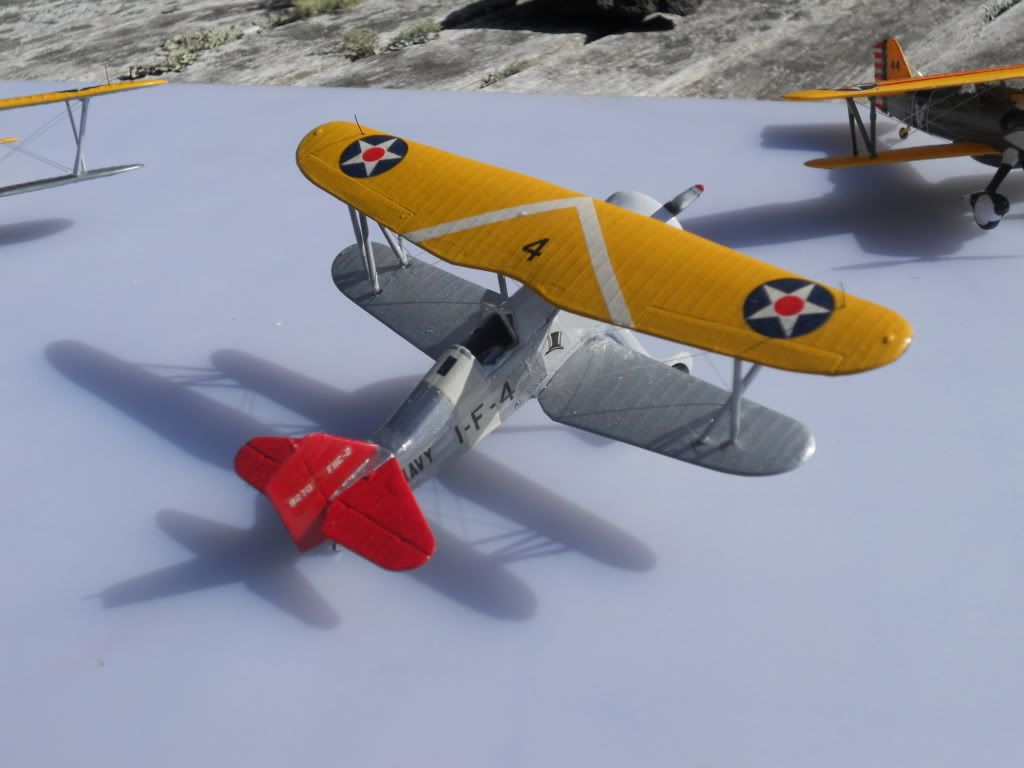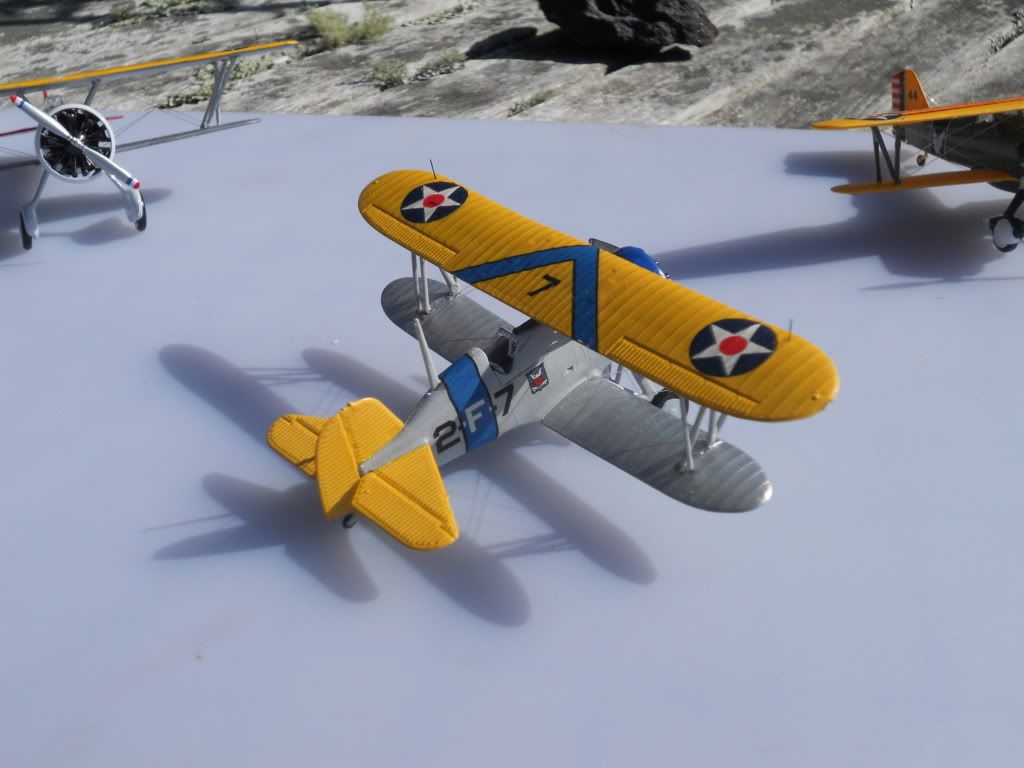Not true at all, Bearcat.
Brush painting is a skill that any modeler can and should acquire. If you don't; fine but its a skill that should be in your bag. The British only go that way in their models, and I have gone back to doing it to reacquaint myself with the Junior High School afternoon modeler I used to be.
There are a series of precautions that lead to techniques that lead to talents that then lead to good results.
First, the good thing about brush painting is that you sit at the bench and just model along until you are finished. Running out to the spray booth is fine and it is the only way to go for big jobs like ship hulls and I suppose B-25 wings.
Get a good set of brushes. Round tips are not too useful for models, flat brushes are better.
Treat your brushes like a good tool, firearm or in my case method of prayer as I paint icons with them.
(I have a series of blessed brushes that I only use for that, and they get replaced a lot) but in the secular world have a large collection that you treat with care. I pay about $ 10.00 or so for a good flat 1/4" brush and it lasts me a year or so.
Clean them as you would anything else you value.
When you paint, put the medium out onto a flat surface like a wide piece of tape. Never paint by dipping into the jar. Treat the paint in the jar as an unsolved medium and get it out and onto the flat palette surface with a toothpick or such. Mix it thoroughly and then load your brush.
Apply the paint at the right speed to let the medium flow into the model in an even layer. If you go slowly and pay attention to what you are doing, it is easy to see how it settles in.
I recently did my Monogram Mafia Builds in 1/72 with Testors straight out of the square bottles, brushed on but I did use my good Winsor & Newton brushes.


